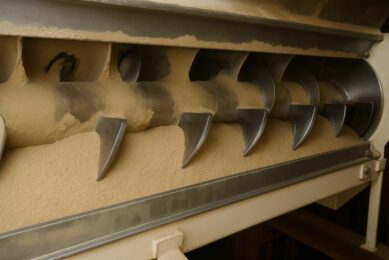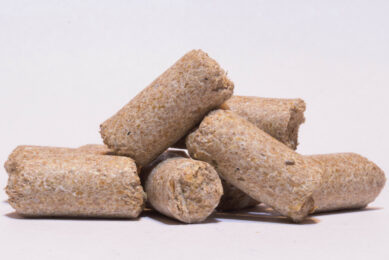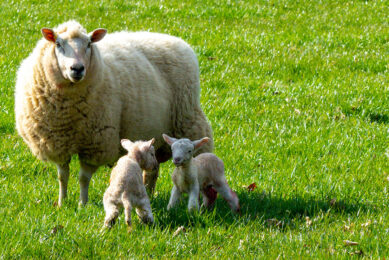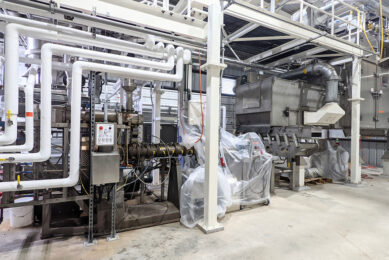Research: Feed conditioning temperature critical for animal performance
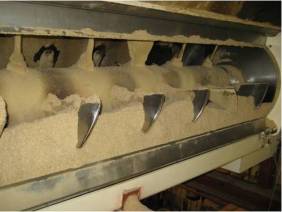
Researchers at the Institute of Food, Nutrition and Human Health from the Massey University in New Zealand studied the influence of feed form and conditioning temperature on performance, apparent metabolisable energy and ileal digestibility of starch and nitrogen in broiler starters fed wheat-based diet.
The influence of feed form and conditioning temperature on performance, apparent metabolisable energy (AME) and ileal digestibility of starch and nitrogen in broilers fed wheat-based starter diet were examined in this study.
Trial setup
Two feed forms (mash and pellet) and four conditioning temperatures: 20°C (dry-conditioning), 60, 75 and 90°C (steam-conditioning) were evaluated in a 2 × 4 factorial arrangement of treatments.
Results
In mash diets, weight gain of birds fed the diet conditioned at 60°C was higher than those fed diets conditioned at 75 and 90°C and similar to those fed diet conditioned at 20°C.
In pelleted diets, while steam-conditioning increased the weight gain compared to dry-conditioning, birds fed diets conditioned at 60, 75 and 90°C had similar weight gains.
Pelleting increased the feed intake. Birds fed diets conditioned at 20°C had lower feed intake than those fed diets conditioned at 60 and 90°C and similar to those fed diets conditioned at 75°C.
In mash diets, birds fed the diet conditioned at 90°C had higher feed per unit gain than those fed diets conditioned at 20 and 60°C, but similar to those fed the diet conditioned at 75°C.
In pelleted diets, while steam-conditioning decreased the feed per unit gain, birds fed steam-conditioned diets (at 60, 75 and 90°C) had similar feed per unit gain.
Ileal digestibility
Pellet durability and hardness increased with increasing conditioning temperatures. Pelleting reduced the coefficient of ileal apparent digestibility (CIAD) of nitrogen of the diets.
Coefficient of ileal apparent nitrogen digestibility of the diets conditioned at 60 and 75°C was similar and higher than those conditioned at 20 and 90°C.
In mash diets, the CIAD of starch in the diet conditioned at 60°C was higher than diet conditioned at 90°C, but similar to those conditioned at 20 and 75°C.
In pelleted diets, those conditioned at 60 and 90°C had higher CIAD of starch than the diet conditioned at 20°C, but similar to the diet conditioned at 75°C.
Metabolisable energy values
Higher apparent metabolisable energy values were determined for mash diets. The AME content of diets conditioned at 60°C was similar to those conditioned at 75°C and higher than diets conditioned at 20 and 90°C.
In both feed forms, the diet conditioned at 90°C had the highest gelatinised starch content.
In mash diets, while the diets conditioned at 20, 60 and 75°C had similar resistant starch content, the diet conditioned at 90°C had the highest resistant starch content.
In pelleted diets, the diets conditioned at 20 and 90°C had higher resistant starch content than the diet conditioned at 60°C, but similar to the diet conditioned at 75°C.
Conclusion
Overall, the current results suggest that while in mash diets steam-conditioning at 60°C improved weight gain and feed intake, increasing conditioning temperatures per se had negative effects on nutrient utilisation and, weight gain and feed per unit gain of broiler starters.
But the deterioration in performance parameters caused by conditioning at higher temperatures was restored when steam-conditioned mash diets were pelleted.
Full research can be found in Animal Feed Science & Technology (Aug 2011)




